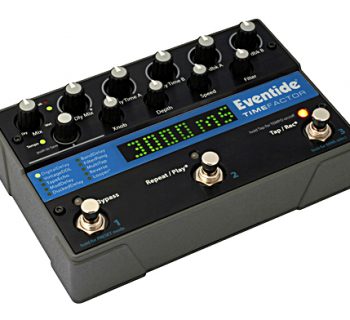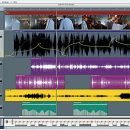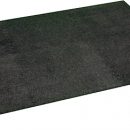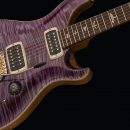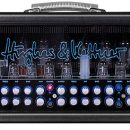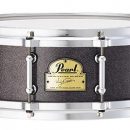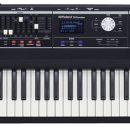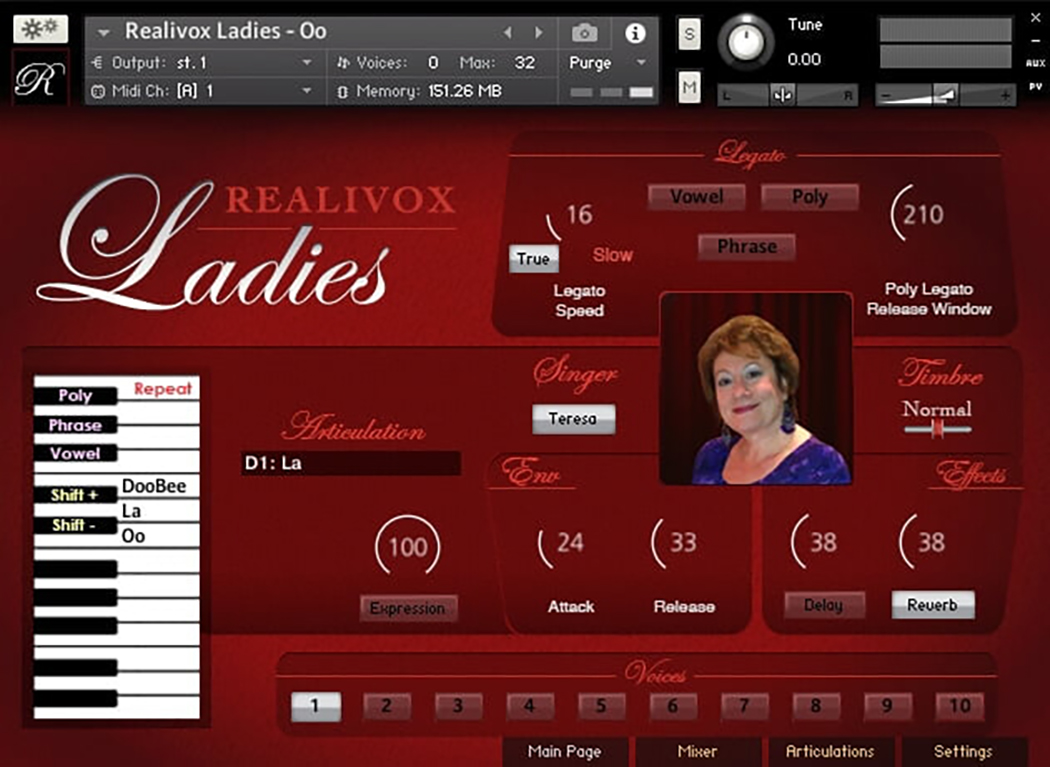 Time for some Bass History 101: Leo Fender invented the first electric bass in 1951. Even though he wasn’t a bass player himself, his curiosity and his commitment to musicians led him to design and market the first electric bass, the Fender Precision Bass.
Time for some Bass History 101: Leo Fender invented the first electric bass in 1951. Even though he wasn’t a bass player himself, his curiosity and his commitment to musicians led him to design and market the first electric bass, the Fender Precision Bass.
A decade later, he narrowed the neck width—which facilitated faster playing, added a second pickup, and thus was born the Fender Jazz Bass.
| Category | Value | Jazz Bass V Rating |
Precision 4 Rating |
| Features | 20% | ||
| Usability | 25% | ||
| Sound | 25% | ||
| Documentation & Support | 10% | ||
| Price | 20% | ||
| OVERALL RATING Jazz Bass V = 3.8 Stars, which earns it a WIHO Award! Precision 4 = 3.5 Stars 3.6 stars or better: Outstanding, WIHO Award 3 stars or better: Worth considering 2 stars or better: Suited to specific needs 1 star or less: Not recommended |
|||
With so many variations on these iconic instruments within the Fender product lineup, it’s easy to be overwhelmed by choices, but the long-time “standard” line for working professionals has been the American Standard line. After decades of great service to us, the line has been retired, and replaced with the “new and improved” American Professional Series, which aims to make a number of Fender’s formerly premium instrument options standard on the primary line of American-made instruments.
The subjects of this review, the 2017 American Professional Bass series, are improved “standards” at a good price point. The new Jazz Bass and Precision Bass are available in four- and five-string versions, with a leftie option for the four-string versions, as well as a fretless Jazz four-string. At the 2017 Winter NAMM show in Anaheim, California, we played each of the basses—even the left-handed model, to get a feel for the variety. Then, Fender sent us a Jazz V and Precision 4 Bass for our in-depth, hands-on review.
Any serious bassist who loves the Fender vibe and sound will appreciate the craftsmanship of these higher-performance instruments. None of the essentials are lost—you get the classic feel and tone, but with a ton of improvements in little details all around. If you are a recording, gigging, or otherwise serious musician, the five-string Jazz bass is a great all-around choice, while on the other hand, if you simply want to start a revolution, the new P-bass is equally enticing.

Features
The features in this production line will not disappoint diehard Fender bass fans. The Olympic White Jazz Bass V that Fender sent us had a rosewood fingerboard that contrasted beautifully with the white body made of alder wood; a maple neck, and two black single-coil pickups. Our Precision bass was dressed sharply in black and white, also with a rosewood fingerboard.
Both Fender basses feature satin urethane-finished, maple necks with twenty frets. The Precision bass neck shape is a "1963 C shape," scale length is 34" (864 mm). Our bass had a nice rosewood fingerboard with a 9.5" (241 mm) radius and a bone nut with a width of 1.625" (41.3 mm).
The Jazz bass has a "Slim C” neck shape, which is narrower than the Precision’s. Scale Length is also 34" (864 mm); fingerboard radius is 9.5" (241 mm), and the bone nut width is a slightly wider 1.875" (47.6 mm). Both instruments now feature Narrow Tall frets (instead of Medium Jumbo), which Fender suggests improves intonation for chordal work and makes for easier string bending.
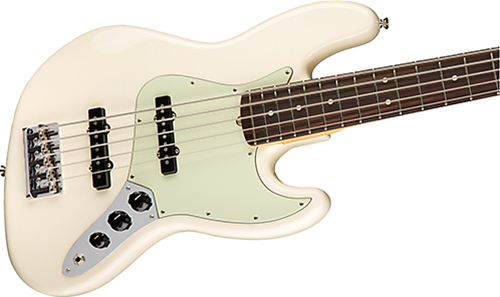 |
The new, Professional-series necks are reinforced with Posiflex graphite rods, that are designed to help keep your bass set up consistently with minimal need for truss rod adjustments (which, happily for these modern basses, does not require the removal of the neck for adjustment). If your basses are often subjected to fluctuations in temperature and moisture, or you’re constantly changing up your string gauge, this is a difference you will really experience. We like the “original-era” bone nut on the basses, too, as we feel these contribute to the organic-sounding tone.
The familiar, iconic, Fender fluted tuning keys keep great tension on the string posts, and the classic design still looks cool after so many years. The tuners are wider at the top than at the bottom, the fluted shafts keep the strings tight by forcing the string windings downward, resulting in better tuning stability. We especially like the Professional Jazz Bass V tuner arrangement with the fifth tuner on the bottom of the headstock rather than alongside the other tuners as it preserves the classic design, which would otherwise be too cramped and require smaller tuning keys (as found on some other Fender bass variants).
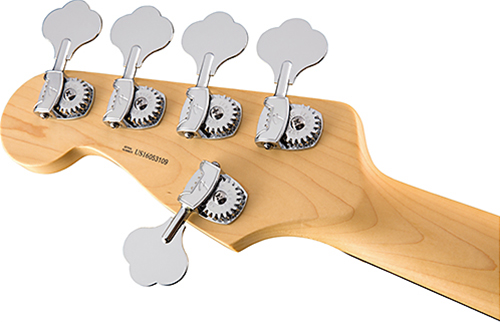 |
The nickel/chrome, HiMass vintage bridge looks like a standard Fender Jazz bridge but this upgrade, though subtle, provides improved sustain and punchiness over older, traditional Fender bridges thanks to the use of brass saddles.
The Professional Jazz bass has a familiar two-pickup, three-knob setup (two volume blend controls for each pickup, one master tone control). This configuration provides for a variety of tonal colors. The dual V-Mod single-coil pickups, designed by Fender pickup guru Tim Shaw, are designed to deliver the classic Jazz bass sound. They feature Alnico 5 magnets on the treble side and Alnico 2 magnets on the bass side.
The Precision Bass has a simpler control setup featuring a Tim Shaw-designed, split-mod, single-coil pickup.
All Professional-series basses come with deluxe molded cases featuring an ATA-approved, molded, military-grade polyethylene outer shell and TSA-approved locking center latches. They are perfect for safely transporting and storing your Fender basses.
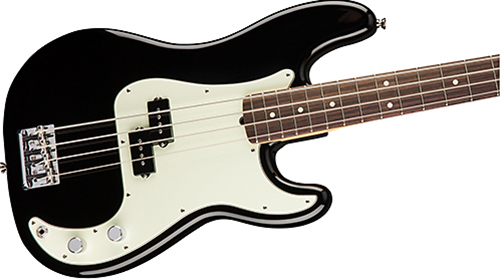 |
Usability
Both basses were a joy to play; straightforward workhorses ready to bend to the will of any level of player. The pickups and electronics are all new, but Fender stuck with passive electronics instead of the increasingly popular active electronics that are found in so many basses today.
The Precision bass has the easiest control knob layout ever: a single Master Volume control and a Master Tone control. Some might feel it’s a little limiting on the EQ side but trust us, this bass is perfect just the way it is. Playability-wise, the '63 Precision bass neck might just be our favorite Fender bass neck of all time! We loved how comfortable it is to play this bass (and the light weight of the instrument itself doesn’t hurt, either).
The Jazz bass has Volume 1 control (neck pickup), Volume 2 control (bridge pickup), and a single Master Tone control. Its operation is also straightforward, but remember there are two volume controls to zero out between your live sets. When comparing the two instruments, the Jazz bass neck is noticeably slimmed down from the Precision bass—narrower and thinner overall.
The basses were set up perfectly right out of the cases and strung with Fender USA Bass 7250M, NPS Strings (Gauges .45 - .125). The action was in our comfort zone (super-low action), making both basses extremely pleasurable to play.
The intonation on both instruments was accurate throughout all positions of the fretboard. The necks were very smooth, quick, and comfortable, and the well-balanced basses were comfortable to play both seated and standing. If your style lends itself more towards pop music or fusion, you’ll probably favor the Jazz bass neck. If your style is a bit grungier and a bit more bluesy, you may find yourself preferring the vintage Precision neck. However, either instrument can cover either gig in a pinch.
Sound
 We tested both basses in a variety of settings from a banquet hall to recording studios to nightclubs. In our recording studio, we tested the basses through an EBS HD360 with a matching 2x12; on a large stage we used a Mesa/Boogie Carbine stack (4x10 and 2x12); and in a banquet hall/wedding setting we played with an Eden DC210XLT 2x10 Metro Bass Combo amp.
We tested both basses in a variety of settings from a banquet hall to recording studios to nightclubs. In our recording studio, we tested the basses through an EBS HD360 with a matching 2x12; on a large stage we used a Mesa/Boogie Carbine stack (4x10 and 2x12); and in a banquet hall/wedding setting we played with an Eden DC210XLT 2x10 Metro Bass Combo amp.
As one might expect, the Precision bass has a warm, deep tone with a noticeable mid-range presence and when we really dug into the string, we got that hard “growl.” The Fender Jazz bass was more versatile with tones (two pickups vs. one), had great articulation, and a nice tonal bite. As our scales and patterns descended down toward the low B string, the tone remained balanced and tight.
We enlisted Tony Senatore, another professional bass player from New Jersey, to help us demo the basses, and we brought the instruments to visit with Michael Albronda at the Phil Jones Bass showroom, where we intended to really explore the Fender tone through some super-clean and precise, Phil Jones bass amplifiers. We plugged into a Road Case (BG-800) and a D-400 Compact Digital Bass Amp head through a CAB 47 (4x7). The Fender basses sounded wonderfully pure through these amps.
By enlisting the involvement of two additional professional bass players for this review, multiple styles and many superb techniques of bass playing were covered. The tried and true P-bass, split pick-up sound was solid. With these talented bass players and the fleet of amps and cabinets at our disposal, we set out to comp the sounds of numerous well-known Fender players, and were able to easily duplicate their signature styles and tones.
With the Fender Precision bass, we easily re-created the sounds of Mike Dirnt (Green Day), Steve Harris (Iron Maiden), and Duff McKagan (Guns and Roses). On the Jazz V, we were able to dial in the tone of master bassits Jaco Pastorius (even though it wasn’t a fretless bass), Marcus Miller, and Geddy Lee.
The Precision Bass single-coil pickup delivered the warm, round, natural “P” tone we expect from a Fender bass, with great clarity and warmth. But when we really dug in and told this bass to growl, it GROWLED.
The Jazz bass two-pickup system allows for a much greater tonal variety, and the redesigned, vintage-sounding pickups delivered clarity and great dynamic range. One thing no so classic about the pickups: less noise, and that’s a good thing. We found both basses to be reasonably quiet, even when playing through the pristine Phil Jones and EBS rigs.
Documentation and Product Support
The Fender American Professional Series User Manual is great. It shows all the parts of the instrument and provides tips on how to keep it playing like new. Further, it’s printed in color and includes some Fender history, as well as great maintenance information
Price
The Fender American Professional Precision Bass sells for $1,449.99.
The Fender American Professional Jazz Bass V sells for $1,599.99.
These are well-priced, American-made, Fender classics, updated with subtle improvements that take nothing away from their classic appeal, yet enhance the performance and sound of both. Both models deliver all of what you’ve come to expect from these iconic instruments, only slightly better.
Contact Information
Fender Musical Instruments Corp.
www.fender.com




